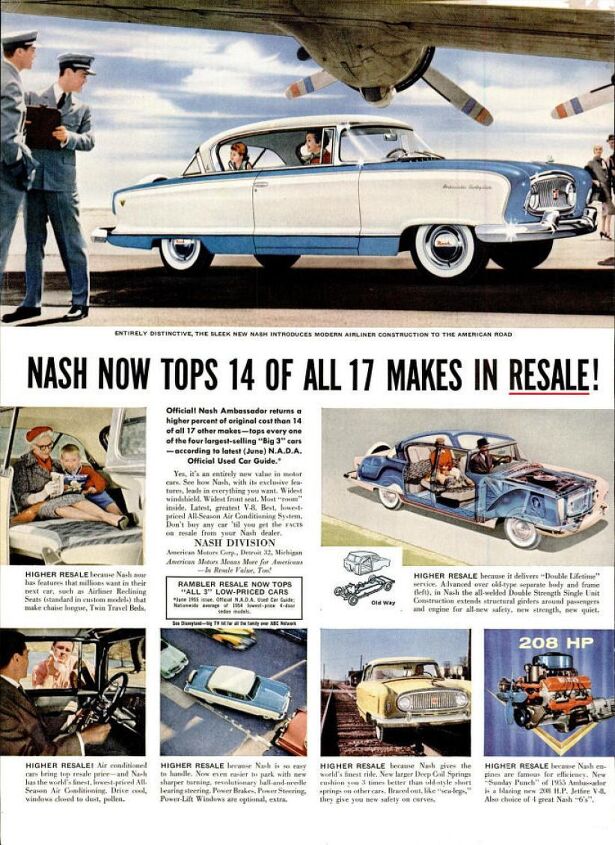QOTD: Bucking the Big Three?

It may have escaped your notice, but things aren’t quite the same lately. I look at my hands more, wondering if the side of my right index finger escaped a good scrubbing 6 minutes earlier. The sight of a box of cookies bought two weeks ago prompts mental calculations about viral half-lives on semi-porous surface areas. For someone who’s already a germaphobe, the past three months has offered all the merriment and relaxation of a POW on bridge-building duty.
And to think I visited the dentist for a filling in January. Where had those hands been?
One calming pastime unrelated to work or worry (and maybe serving as an an antidote to both), involves the silver screen. I watch films. Old films. Bad ones, good ones… terrible ones. All in an environment free of mucus and saliva droplets ejected at terrifying speed from the filthy mouths of strangers.
In plundering the internet’s endless vaults of public domain and illegally ripped-off films, I keep returning to one era: an era where men don a suit and tie to hop in the shower and women are both tough and feminine. Where smoking is encouraged in both chemical labs and birthing rooms. And where every hoodlum’s pocket and moll’s purse holds a snubnose .38 loaded with 158-grain round nose.
A world where drivers scoot across divan-like bench seats to exit their cars at the curbside, and headroom is always sufficient enough to accommodate the wearing of a felt, wide brim fedora.
We’re talking the film noir era, and its land of stark divisions in morality and endless shadows. In the White House is either Truman or Eisenhower, and in every American’s driveway is a Plymouth or Mercury or Pontiac or DeSoto. But not every driveway. And not every cop car boasts a Big Three badge, either.
Sometimes that wailing black-and-white is an inverted bathtub Nash Ambassador or its later short-front-track follow-up. Sometimes the hired goons stage a hit from — or soften a guy up in — a beat-up Packard Eight, be it a Custom, Deluxe, Super, or Super Deluxe. Who could tell which one? Later on, the fading marque offered up Patricians and 300 Ultramatics and Clippers and Caribbeans for those who remembered its heyday of the Roaring Twenties and Dirty Thirties.
Across a vast, monochrome Los Angeles, glittering and perfect by day, Studebaker Champions and Presidents and Commanders lurk under motionless palms outlined starkly by the brilliant, smog-filled sky. Maybe a Hudson rolls past, maybe a new Rambler. Amid a flurry of mergers, independent domestic brands will soon fade from these streets, replaced by the utter dominance of the Big Three and later invaded by low-priced, industry-rocking imports.
At the moment, however, only a few lurking Volkswagens and a smattering of imported sports cars speak to that still-distant threat lurking overseas. All is right on the streets of America. The diners are full, travelling salesmen are making their rounds, Kelvinator appliances are humming merrily in the cookie-cutter homes of nuclear family suburbia, and finned, be-chromed works of art ply pristine interstates under skies made safe by NORAD and SAC.
Yes, I lose myself in film before returning, bitterly, to the world of 2020. But we’re here to ask a question today, and here it is:
Transport yourself back to the 1950s. Any year of the decade. You have money with which to purchase a new car, but there’s two criteria it must meet: First, it must be domestic, and second, it must not be a member of the Big Three. You know your history. What make, model, and bodystyle will this new ride be?

More by Steph Willems
Latest Car Reviews
Read moreLatest Product Reviews
Read moreRecent Comments
- ToolGuy TG likes price reductions.
- ToolGuy I could go for a Mustang with a Subaru powertrain. (Maybe some additional ground clearance.)
- ToolGuy Does Tim Healey care about TTAC? 😉
- ToolGuy I am slashing my food budget by 1%.
- ToolGuy TG grows skeptical about his government protecting him from bad decisions.






































Comments
Join the conversation
Willys Aero Bermuda https://farm4.staticflickr.com/3465/3218819943_e8e1f2a6b5_z.jpg
Great topic! I currently have a 56 Studebaker President Classic and no one seems to know what it is today. Some pictures of it: https://www.instagram.com/theorphanpresident/?hl=en Also, Turner Classic Movies has a film noir feature every Saturday night. Makes for a great weekly excursion.